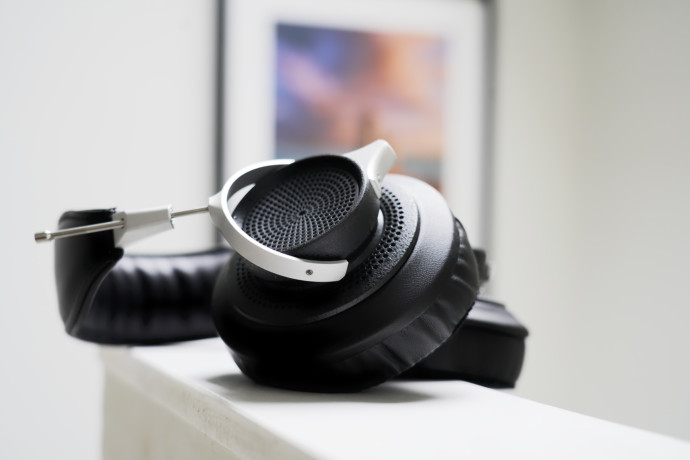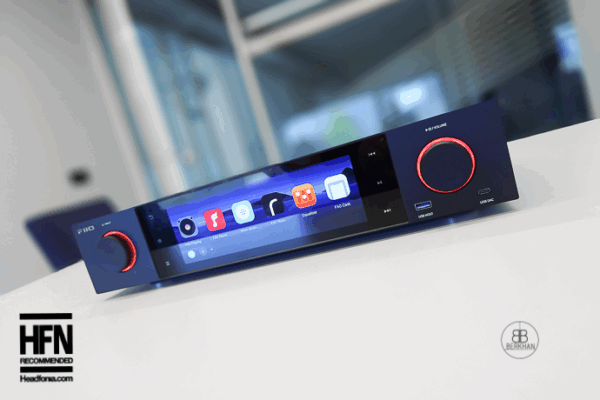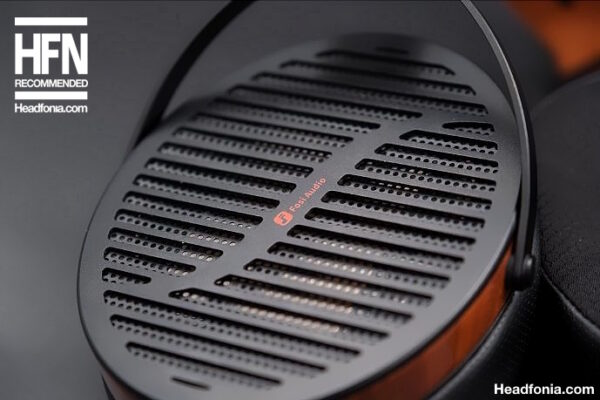If Google is showing you this page directly, click here to go to the start of the article.
Sound performance
My main sources were: FiiO M17/ Shanling H7 / SMSL DO400, trusted sources from trusted brands that I used extensively for the past months. I also added the Mamoritai Euphony for the amp section, but most of my listening sessions came directly from the portable DAC/Amp combo.
Files were played from either Apple Music / Spotify or my own music library. Some tracks will be highlighted, just so you can try them at home too!
Overall signature
So, how does Mirph’s first headphone fare against the competition? Remarkably well, especially considering its price point and “newcomer” status.
Out of the box, the Mirph-1 delivered a clean and well-balanced sound signature, with a touch of warmth in the lower spectrum that made long listening sessions effortless. Paired with the FiiO M17 or the SMSL DO400, the headphone delivered a natural and balanced presentation, with impressive separation, precise ADSR, and no audible distortion – a solid performance for a dynamic driver in this category.
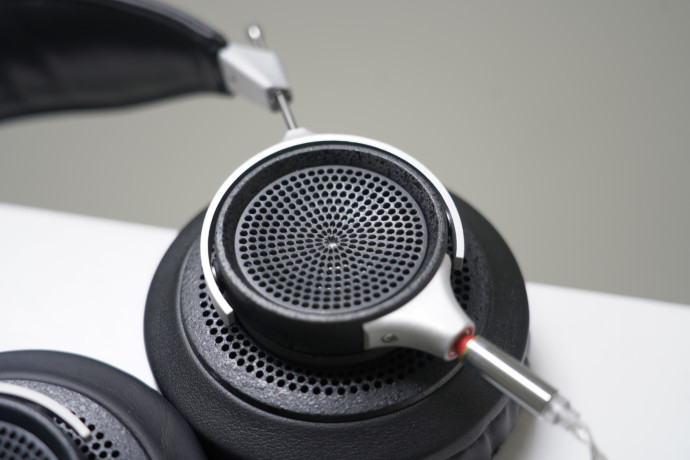
Compared to my Audeze LCD-X (one of my favorite open-back headsets), I found the Mirph-1 quite enjoyable, but for a different reason: while it doesn’t have the deep sub-bass extension of planar headphones, it offers a more immediate, punchy mid-bass which made the Mirph quite versatile across a wide range of genres. Sound-stage is well-layered and instruments were perfectly positioned, even more so when paired with a balance source and cables, the upgrade offering compelling results every time.
Low-wise, infra-bass was slightly recessed and I had some issues reaching the usual sound pressure in the lower end I was accustomed to, especially when paired with light sources like the FiiO KA11 or the Shanling M1 Plus. That said low-mids remained tight and impactful, adding just the right amount of weight to basslines and percussions without ever feeling muddy. If you’re looking for deep, visceral bass, this might not be your best pick though, but if you prefer controlled, textured lows with great definition, the Mirph-1 was more than capable in that regard.
And, thanks to its slight warmth in the lower mids, the Mirph was a natural match for transistor-based amps like the FiiO KA15 or the Mamoritai Euphony. A combination that gave me a clean, fast transient response, striking the right balance between fun, warmth, and technicality, with just the mellow touch you’d expect from the first listening sessions.
That said, when paired with a tube amplifier, that’s where the little headphones really began to shine. Whether with my ALO Audio Studio 6 or even the lower-end xDuoo TA-26, the headphone’s low-end presence gained weight and depth, adding a bit more life and richness to the overall presentation, particularly on acoustic and jazz recordings. The best pairing for me? The Cayin HA-1A, which delivered a smooth yet detailed rendering, bringing an extra level of naturalness to the midrange.
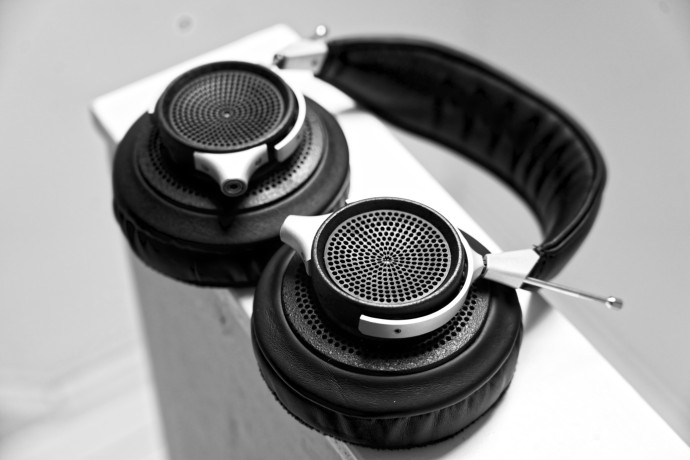
To put things in perspective, I also compared the Mirph-1 to the Meze 105 AER, the latest open-back model from the Romanian brand. And, if the Meze sounded more energic, delivering more punch in the infra-bass and an overall more engaging experience for modern music genres, the Mirph-1 took a more delicate, nuanced approach, with better harmonic rendering but less emphasis on the lower frequencies. A signature that I found more enjoyable, overall giving it an advantage over jazz and vocal-centric music, where its smooth presentation and well-layered soundstage make it shine. However, for electronic music (my favorite genre), the Meze 105 AER retained the upper hand, offering more impact and rhythmic drive, even with portable sources like the FiiO KA17 – a killer device nonetheless, go check the review.
Last but not least, I also tried the Mirph-1 with a balanced cable and source (ddHiFi BC150B + iBasso DX320) to see how well it would scale. Doing so brought some noticeable improvements like better layering, further clarity, and better emphasis on male voices, all without any noticeable downfall, at least in terms of noise or distortion.
Still, if the Meze 105 AER remains the better pick for those looking for a fun, energetic sound, the Mirph-1 really held its own with a more refined, laid-back approach a compelling alternative for listeners who prioritize naturalness over impact. I also think that the earpads played a major role here, enhancing the spaciousness and naturalness of the render: the just balance of softness and accuracy.
A very nice surprise!
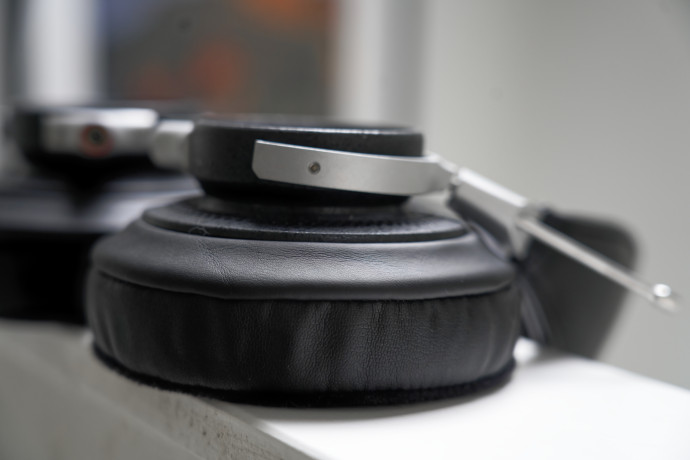
Tonality
Highs: clean and refined. With a neutral presentation that avoids any hint of aggression, the Mirph-1 delivers a detailed yet smooth treble response, even at low listening volumes. There’s no artificial brightness, but enough clarity to ensure nuance and texture are never lost, making it easy to enjoy long listening sessions without fatigue.
Good test track : Give me Acid – Marie Vaunt
Mids: spacious and well-structured. The soundstage feels wide and open, with a clear and natural separation between instruments and vocals. Male voices, in particular, sound rich and well-textured, giving weight and presence without overshadowing the rest of the mix. The presentation remains controlled and engaging, never pushing too far forward or becoming shouty.
Good test track: Obama – Dombrance
Lows: punchy but restrained. While sub-bass extension is limited, mid-bass remains tight, fast, and impactful, ensuring a precise and dynamic low-end. The bass never feels bloated or exaggerated, instead opting for controlled impact and definition. If you’re looking for deep, cinematic rumbles, this won’t be the best pick, but for a balanced and accurate bass response, the Mirph-1 does a great job.
Good test track : Taken – EDBL
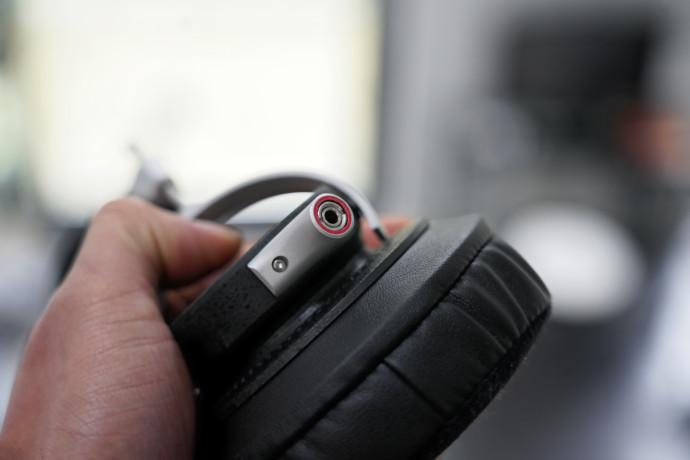
Conclusion
For a first attempt, Mirph delivers a surprisingly potent headphone that exceeded my expectations on many levels, especially considering its modular design and well-balanced tuning.
Build quality is great, comfort is excellent, and when paired with a good DAC like the FiiO KA17 or a DAP like the Activo P1, the Mirph-1 truly showcases its strengths. It offers a natural, refined sound, with impressive soundstage separation, and detailed mids that bring male vocals to life. Sure, it lacks a bit of infra-bass weight, but it makes up for it with punchy low mids and a smooth, controlled treble that never feels fatiguing.
If I had to nitpick, I’d say that bass enthusiasts might find the presentation a bit too polite, however, for jazz, acoustic, and vocal-heavy music, the Mirph-1 excels with its delicate, immersive rendering.
All in all, a very impressive debut from Mirph, proving that there’s still room for fresh ideas in the audiophile world.
Summary
Pros:
- great construction and clever design
- versatile sound signature with great layering
- great mids and precise mid lows
- scale well with a good balanced source
- good quality/price ratio
Cons:
- bundle is dire
- lacks of deep lows







